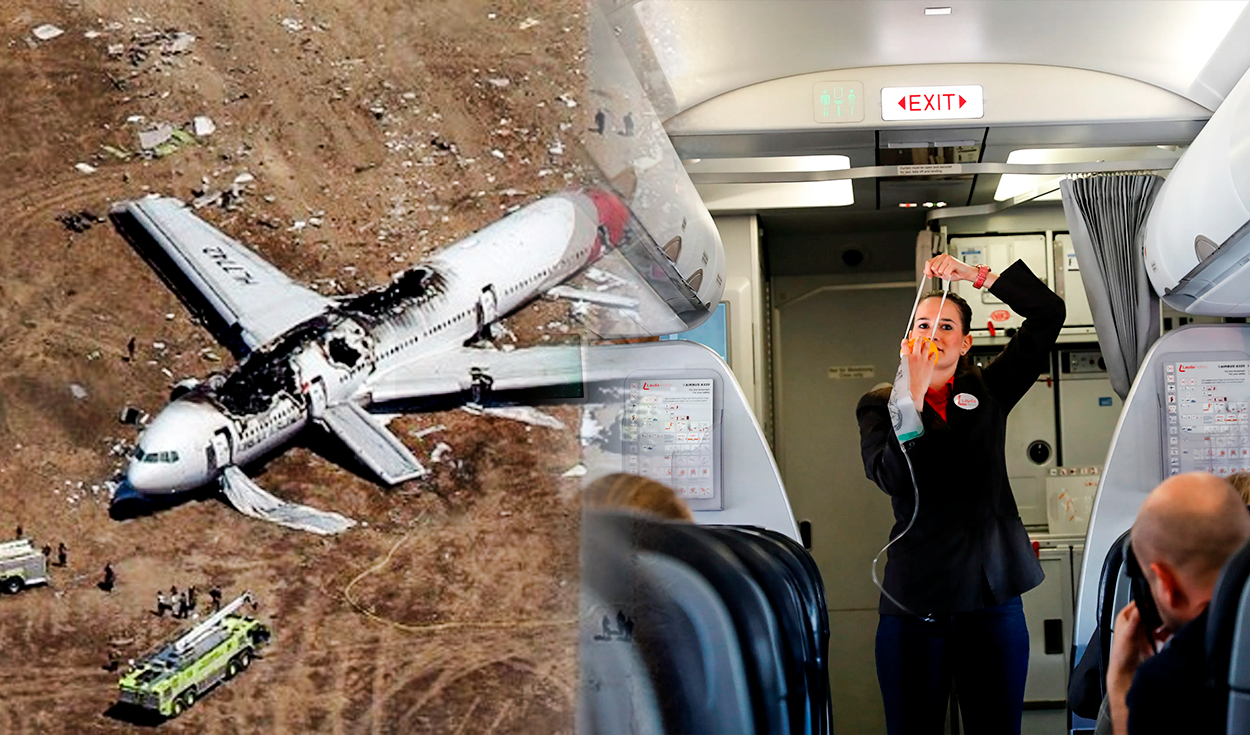Legends often linger in the borderlands—those places where imagination brushes against memory, where the impossible overlaps with what once might have been. Among such tales, none is stranger or more haunting than the story of the Sky Ship of Lost Time: a vessel said to drift not across oceans but across centuries, appearing in brief shimmers above deserts, frozen tundra, mountain ranges, and forgotten coastlines. According to the myth, it carried thousands of skeletons—silent guardians of a secret buried deeper than history itself. Though historians dismiss it as fiction, the tale persists, kept alive not by evidence, but by the human desire to believe that the world once held wonders now vanished from view.
At first glance, this story sounds like pure fantasy. Ancient peoples could not fly; no civilization millennia ago possessed the technology to lift bodies into the sky inside a towering craft. And yet, the myth thrives. It resurfaces in scattered manuscripts, whispered oral traditions, and the imaginations of those who cannot resist peering into the gaps of the historical record. Because sometimes, a myth does more than entertain—it unsettles. It forces us to ask why we so eagerly search for civilizations more advanced, more mysterious, and more extraordinary than our own.

A Vessel Beyond Time
Descriptions of the sky ship vary, but a few details remain strangely consistent across versions. The vessel is said to be enormous, large enough to hold entire cities or armies. The skeletons within appear frozen mid-action: hands gripping rails, skulls turned toward windows that look out upon eras they did not belong to. Time, according to the legend, flows differently inside—stalled, twisted, or coiled back upon itself.
These features mark the story clearly as myth. Yet the idea of a vessel caught between time periods reflects a deeper cultural fascination: the notion that history is incomplete, that the past was stranger, richer, and more advanced than what textbooks describe. Myths of time anomalies exist in countless traditions—from lost islands that appear once every century to mountains where a night’s sleep steals a hundred years. The sky ship simply translates this ancient narrative pattern into a technologically flavored form.
But why this fascination with things that hover beyond the reach of archaeology? Why skeletons in the sky? Why a ship that never lands?
The Hunger for Lost Civilizations
Humans have always wondered whether we are the first or merely the latest. Long before modern archaeology, cultures told stories of earlier ages of gold, of drowned empires like Atlantis, of gods who walked the earth and wielded machines beyond human comprehension. Such myths gave ancient peoples a sense of continuity with the unknown. They offered a way to explain ruins too large, too precise, or too enigmatic.
Today, though we possess satellites, lidar scans, and carbon dating, the instinct remains. Every newly discovered ruin—dense jungle cities revealed by laser mapping, sunken temples off forgotten coasts—reminds us that history is broader than the surviving texts that try to contain it. Even now, deserts hide unearthed kingdoms, and entire cultures have existed that we know only through fragments of pottery or a few lines in the chronicles of their enemies.

The sky ship myth operates within this space of wonder. It suggests that a civilization advanced enough to conquer the skies existed long before humanity was prepared to imagine flight. It allows listeners to imagine a forgotten age where engineers shaped metals we no longer possess, where astronomical knowledge rivaled our own, where time itself was a tool in the hands of lost geniuses.
The impossibility of the tale only strengthens its appeal. Myths flourish not when they are believable, but when they are irresistible.
Archaeology and the Allure of the Impossible
Despite its supernatural shape, the sky ship highlights a very real truth about archaeological exploration: that every discovery is an attempt to bridge the divide between what we know and what we long to know. Archaeologists crawl through collapsed chambers, brush away centuries of sediment, and decipher fragments of languages that no living tongue remembers. Yet even with scientific rigor, the work is touched by imagination. To reconstruct a world without photographs or diaries requires empathy and intuition. To interpret incomplete ruins is, in many ways, to listen to ghosts.
This is where myth and science converge. The sky ship is not an archaeological object, but the worldview that sustains it—our desire to piece together the puzzle of human origin—aligns closely with the motivations of those who search for lost cultures. Even the most skeptical researcher must admit that we do not know everything about ancient history. Civilizations collapsed and left no trace. Entire bodies of knowledge disappeared through conquest, disaster, or time’s slow decay.
Thus, the myth becomes a metaphor for the archaeological imagination: a giant vessel filled with forgotten lives, drifting at the edges of what can be proven.
When Storytellers Chase the Past
If archaeologists seek truth, storytellers seek meaning. They take the faintest hints—a ruin, an artifact, an inexplicable symbol—and spin them into worlds where the past refuses to fade. The sky ship is perfect territory for writers and oral storytellers. It blends science fiction with folklore, tragedy with hope. Each retelling can reshape the vessel: sometimes it is a lifeboat carrying survivors of an ancient apocalypse; other times it is a laboratory from a civilization that mastered time but perished from hubris. In some cultures, it is a warning; in others, a promise.

These variations reflect more than creativity. They show how myths adapt to the needs of each generation. When people fear the future, the sky ship is a ghostly relic of a lost age. When people dream of discovery, it is a beacon—a reminder that not all wonders have been found.
Myths endure not because they are true, but because they speak truth.
The Sky Ship as Mirror
Ultimately, the Sky Ship of Lost Time is less about ancient flight and more about modern longing. It is a mirror that reflects our hunger to uncover what the past hides. We do not believe in skeleton-filled time-traveling vessels, but we believe fiercely in mystery. We believe in questions that remain unanswered. We believe that humanity’s story is larger than the surviving fragments suggest.
And perhaps most importantly, we believe that imagination is itself a kind of archaeology. When we tell stories of impossible things, we are excavating fears, desires, and possibilities buried deep within our collective consciousness.
The sky ship, in this sense, becomes a vessel not of bones but of ideas—ideas about origins, loss, and the fragile line between knowledge and wonder. It drifts not through the air but through time because it belongs to every era that seeks to understand itself.
The Power of Mysteries That Aren’t Real
Some mysteries depend on evidence. The sky ship depends on something more enduring: the human need for the unknown. Real mysteries can be solved; fictional ones live as long as people find meaning in them. And that is why this myth, improbable as it is, continues to haunt the imagination.
Because sometimes the most powerful mysteries aren’t real—they’re the ones that make us question reality itself.


